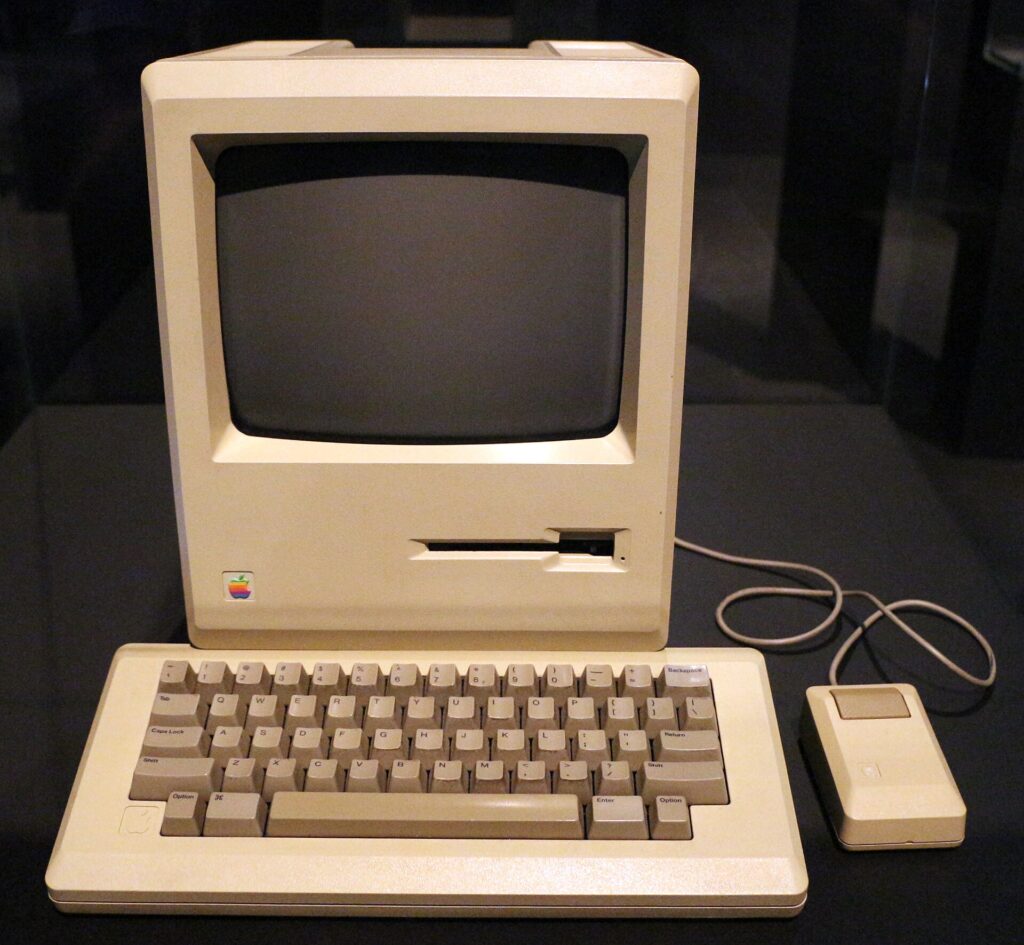b) Macintosh
The unveiling of the Apple Macintosh in 1984 marked a revolutionary moment in the history of personal computing. This innovative computer introduced several key features that would redefine the user experience and accessibility of technology to the general public.
A standout feature of the Macintosh was its graphical user interface (GUI). This was a significant shift from the command-line interfaces common in computers of that era. The GUI, with its icons and windows, made the Macintosh more intuitive and user-friendly, opening up the world of computing to a broader audience with varying levels of technical expertise.
Another groundbreaking aspect of the Macintosh was its incorporation of a built-in screen and a mouse. This all-in-one design was a departure from the then-standard practice of selling computers as separate components. The inclusion of a mouse as a standard part of the computer was instrumental in navigating the GUI, further enhancing the ease of use.
The launch of the Macintosh was also notable for its marketing, particularly the famous Super Bowl advertisement directed by Ridley Scott. Titled “1984”, the ad positioned the Macintosh as a tool of empowerment and individuality, contrasting it with the dehumanizing and conformist technology represented by its competitors. This advertisement has since become an iconic piece of marketing history.
The Macintosh’s introduction to the market symbolized more than just technological innovation; it represented a shift in the way technology was perceived and used. It set the stage for the future of personal computing, emphasizing ease of use, design, and consumer accessibility. The legacy of the original Macintosh continues to influence the design and functionality of modern computing devices.

